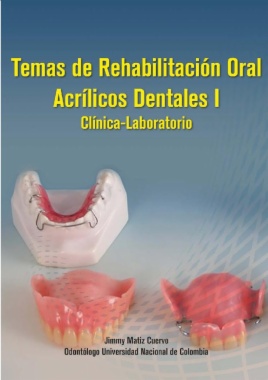Estás filtrando por
Se encontraron 731 resultados en recursos
Compartir este contenido
The effect of environmental variable selection in the prediction of Seasonal Influenza cases using machine learning
Copia el enlace o compártelo en redes sociales
The effect of abortion legalization on child and maternal health in Mexico City = El efecto de la legalización del aborto en la salud materno infantil en Ciudad de México
Compartir este contenido
The effect of abortion legalization on child and maternal health in Mexico City = El efecto de la legalización del aborto en la salud materno infantil en Ciudad de México
Copia el enlace o compártelo en redes sociales
The double threat to human health: climate change and its influence on emergence and rapid spread of antibiotic resistance
Compartir este contenido
The double threat to human health: climate change and its influence on emergence and rapid spread of antibiotic resistance
Copia el enlace o compártelo en redes sociales
The Cerebrospinal Fluid Proteomic Response to Traumatic and Nontraumatic Acute Brain Injury: A Prospective Study = La respuesta proteómica en el líquido cefalorraquídeo a la lesión cerebral aguda traumática y no traumática: un estudio prospectivo
Compartir este contenido
The Cerebrospinal Fluid Proteomic Response to Traumatic and Nontraumatic Acute Brain Injury: A Prospective Study = La respuesta proteómica en el líquido cefalorraquídeo a la lesión cerebral aguda traumática y no traumática: un estudio prospectivo
Copia el enlace o compártelo en redes sociales
The acceptability and tolerability of Nasal Douching in Children with Allergic Rhinitis: a systematic review
Compartir este contenido
The acceptability and tolerability of Nasal Douching in Children with Allergic Rhinitis: a systematic review
Copia el enlace o compártelo en redes sociales

Tengo dolor
Compartir este contenido
Tengo dolor
Copia el enlace o compártelo en redes sociales

Temas de rehabilitación oral. Acrílicos dentales I
Compartir este contenido
Temas de rehabilitación oral. Acrílicos dentales I
Copia el enlace o compártelo en redes sociales
Task Shifting to Optimize Outpatient Neurological Care in Zambia
Compartir este contenido
Task Shifting to Optimize Outpatient Neurological Care in Zambia
Copia el enlace o compártelo en redes sociales
Task Shifting to Optimize Neurological Care in Zambia
Compartir este contenido
Task Shifting to Optimize Neurological Care in Zambia
Copia el enlace o compártelo en redes sociales
Targeting bacterial outer-membrane remodelling to impact antimicrobial drug resistance
Compartir este contenido
Targeting bacterial outer-membrane remodelling to impact antimicrobial drug resistance
Copia el enlace o compártelo en redes sociales
Selecciona las Colecciones en las que vas a añadir el contenido
Para consultar los contenidos añadidos busca la opción Tus colecciones en el menú principal o en Mi perfil.
